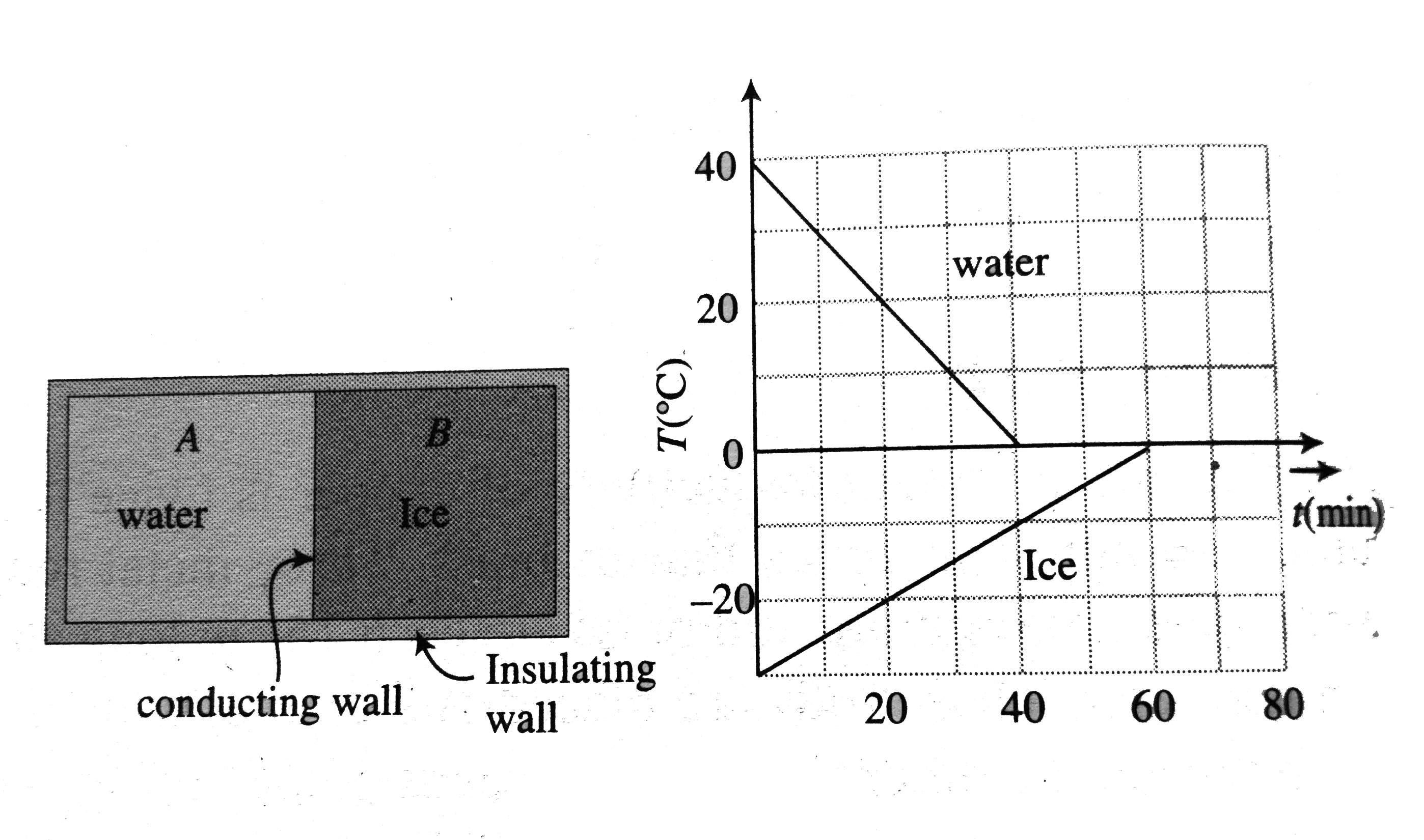The pressure on a sample of water at its triple point is reduced while the temperature is held constant .Which phases changes are favoured?
(1) melting of ice
(2)sublimation of ice
(3) vaporization of liquid water
1 only
3 only
2 only
2 and 3
The correct Answer is:d
Step by step video & image solution for The pressure on a sample of water at its triple point is reduced while the temperature is held constant .Which phases changes are favoured? (1) melting of ice (2)sublimation of ice (3) vaporization of liquid water by Chemistry experts to help you in doubts & scoring excellent marks in Class 11 exams.
Similar Questions
Define triple point of a substance. Write its value of temperature and pressure for water.
View Solution1 mole of ice at 0∘C and 4.6mmHg pressure is converted to water vapour at a constant temperature and pressure. Find ΔH and ΔE if the latent heat of fusion of ice is 80cal/g and latent heat of vaporisation of liquid water at 0∘C is 596cal/g and the volume of ice in comparison to that of water (vapour) in neglected.
View SolutionIn a container of negligible heat capacity, 200gm ice at 0∘C and 100gm steam at 100∘C are added to 200gm of water that has temperature 55∘C. Assume no heat is lost to the surroundings and the pressure in the container is constant 1.0atm. (Latent heat of fusion of ice =80cal/gm, Latent heat of vaporization of water =540cal/gm, Specific heat capacity of ice =0.5cal/gm−K, Specific heat capacity of water =1cal/gm−K)
What is the final temperature of the system ?View SolutionIn a container of negligible heat capacity, 200gm ice at 0∘C and 100gm steam at 100∘C are added to 200gm of water that has temperature 55∘C. Assume no heat is lost to the surrpundings and the pressure in the container is constant 1.0atm. (Latent heat of fusion of ice =80cal/gm, Latent heat of vaporization of water =540cal/gm, Specific heat capacity of ice =0.5cal/gm−K, Specific heat capacity of water =1cal/gm−K)
Amount of the steam left in the system, is equal toView SolutionA metal piece weighing 15g is heated to 100∘C and then immersed in a mixture of ice and water at the thermal equilibrium. The volume of the mixture is found to be reduced by 0.15cm3 with the temperature of mixture remaining constant. Find the specific heat of the metal. Given specific gravity of ice =0.92, specific gravity of water at 0∘C=1.0, latent heat of fusion of ice =80cal−g−1.
View SolutionEquilibrium mixture of ice and water is held at constant pressure. On heating some ice melts. For the system
View Solution
A 0.60 kg sample of water and a sample of ice are placed in two compartmetnts A and B separated by a conducting wall, in a thermally insulated container. The rate of heat transfer from the water to the ice through the conducting wall is constant P, until thermal equilibrium is reached. The temperature T of the liquid water and the ice are given in graph as functions of time t. Temperature of the compartments remain homogeneous during whole heat transfer process. Given specific heat of ice =2100J/kg−K, specific heat of water =4200J/kg−K, and latent heat of fusion of ice =3.3×105J/kg.
Initial mass of the ice in the container equal toView Solution
A 0.60 kg sample of water and a sample of ice are placed in two compartmetnts A and B separated by a conducting wall, in a thermally insulated container. The rate of heat transfer from the water to the ice through the conducting wall is constant P, until thermal equilibrium is reached. The temperature T of the liquid water and the ice are given in graph as functions of time t. Temperature of the compartments remain homogeneous during whole heat transfer process. Given specific heat of ice =2100J/kg−K, specific heat of water =4200J/kg−K, and latent heat of fusion of ice =3.3×105J/kg.
Initial mass of the ice in the container equal toView Solution
A 0.60 kg sample of water and a sample of ice are placed in two compartmetnts A and B separated by a conducting wall, in a thermally insulated container. The rate of heat transfer from the water to the ice through the conducting wall is constant P, until thermal equilibrium is reached. The temperature T of the liquid water and the ice are given in graph as functions of time t. Temperature of the compartments remain homogeneous during whole heat transfer process. Given specific heat of ice =2100J/kg−K, specific heat of water =4200J/kg−K, and latent heat of fusion of ice =3.3×105J/kg.
The value of rate P is?View Solution
A 0.60 kg sample of water and a sample of ice are placed in two compartmetnts A and B separated by a conducting wall, in a thermally insulated container. The rate of heat transfer from the water to the ice through the conducting wall is constant P, until thermal equilibrium is reached. The temperature T of the liquid water and the ice are given in graph as functions of time t. Temperature of the compartments remain homogeneous during whole heat transfer process. Given specific heat of ice =2100J/kg−K, specific heat of water =4200J/kg−K, and latent heat of fusion of ice =3.3×105J/kg.View Solution

